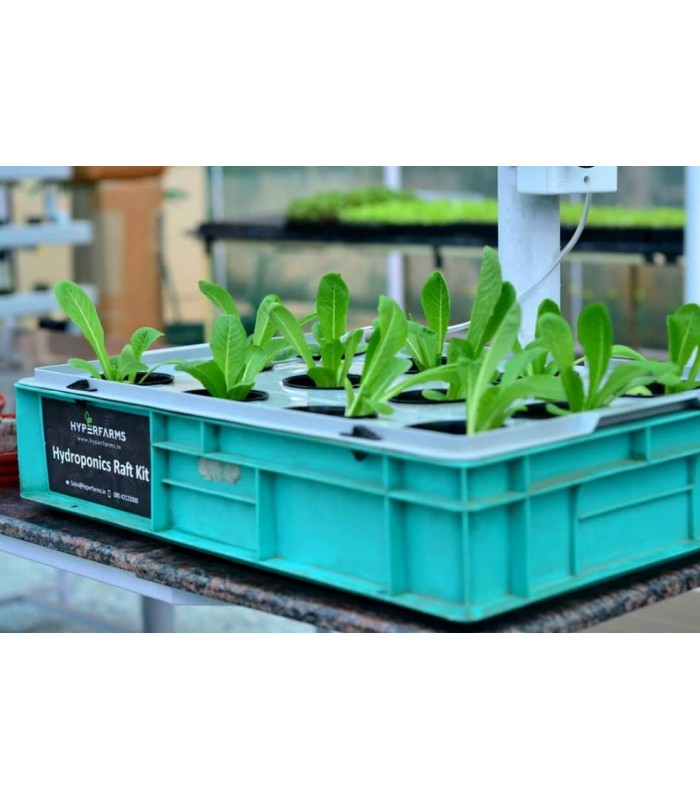Guide to Growing Amaranth in your garden

What is Amaranth ? Amaranth, a collective name for all Amaranthus plants is a short lived. Amaranth leaves, amaranth grain and amaranth stem are used for cooking. Amaranth plant is such a versatile plant that almost all parts can be consumed. Amaranth leaves are full of nutrition. Growing amaranth is fun because amaranth plant can be grown as an ornamental plant also. Amaranth flowers are brignt colored and sometimes they grow upright or trailing down. Amaranth flowers produce seed that is referred to as Amaranth grain. The leaves are used as Amaranth greens.
Amaranth in Tamil – முளைக்கீரை , Amaranth in Hindi – Chaulai. Amaranth in Kannada – Dhantu Soppu(Dhantina soppu)
There are many varieties of Amaranth. Some of them are used for Amaranth grain and some of them used for Amaranth leaves. There are also different leaf colors. There is a green variety and also a purple variety. Amaranthus tricolor is a striking ornamental plant. The following are used for grains.
Amaranthus caudatus
Amaranthus cruentum
Amaranthus hypochondriacus
Amaranthus retroflexus
If you want to grow amaranth plant it for Amaranth leaves, then the following amaranth varieties can be considered
Amaranthus dubius
Amaranthus tricolor
Amaranthus viridis
Amaranthus cruentus
Amaranthus blitum
Amaranth Benefits
– Easy to grow
– Good source of protein.
– Gluten free
Tips on How to grow Amaranth:
Amaranth plant doesn’t demand lots of manure. Amaranth plant can handle average soil to moderately rich soil. Enrich the soil with manure or fertilizer that is rich in nitrogen. Amaranth leaves needs good amount of light. More light it receives the leaf color becomes bright.
Growing Amaranth From seeds
Amaranth plants are grown from seeds. Amaranth seeds are very tiny. So sowing them can be little tricky. Traditionally, amaranth seeds are sown by mixing the seeds with fine sand. Then the mixed sand is sprinkled over the ground or the container in which you are planning to grow amaranth. Amaranth plants are very hardy and can tolerate average soils. They need very little care.
Harvesting Amaranth
Amaranth leaves:
When it comes to harvesting amaranth, there are two parts to it. If you are growing amaranth for its leaves, the harvest can be started just after 3 weeks from sowing. Tender leaves are much creamier and tastier. Allowing the plants to grow will result in Amaranth plants that are 7-8 feet tall. Amaranth plants develop a thick stem which is also consumed.
Amaranth grains
Amaranth grains are seeds that develop after the amaranth plant flowers. Harvesting amaranth seeds takes more time than harvesting amaranth leaves. The amaranth flower stalks start drying out when the amaranth grains are ready to harvest. If you gently rub the amaranth flower, you can notice the grains dropping out. At this point, the flowers can be cut and dried. Flowers can be beaten inside a bag to release all the grains and it can be winnowed to get the seeds to separate from the chaff.
Now that you know how to grow amaranth for its leaves and seeds, it should be easy for you to start growing amaranth in your garden.





4 Responses
Hi GG, thanks for the informative post. What is the container size for Amaranth? I was planning to use a tray that is 8 inches deep but I’m guessing that will stall growth if the plants grow so tall. Is that a bad thing or will it just give me leaves that are more tender?
Good info. I’m surprised, though, that despite being Bengaluru-based, you have given the Tamil and Hindi names for amaranthus but not the Kannada name! It is known as dhantina soppu in Kannada.
Shailaja,
It was not intentional, but thanks for pointing out though. Noted and corrected.
Happy gardening
If I grow amaranth in hydroponics what EC and ph should I use